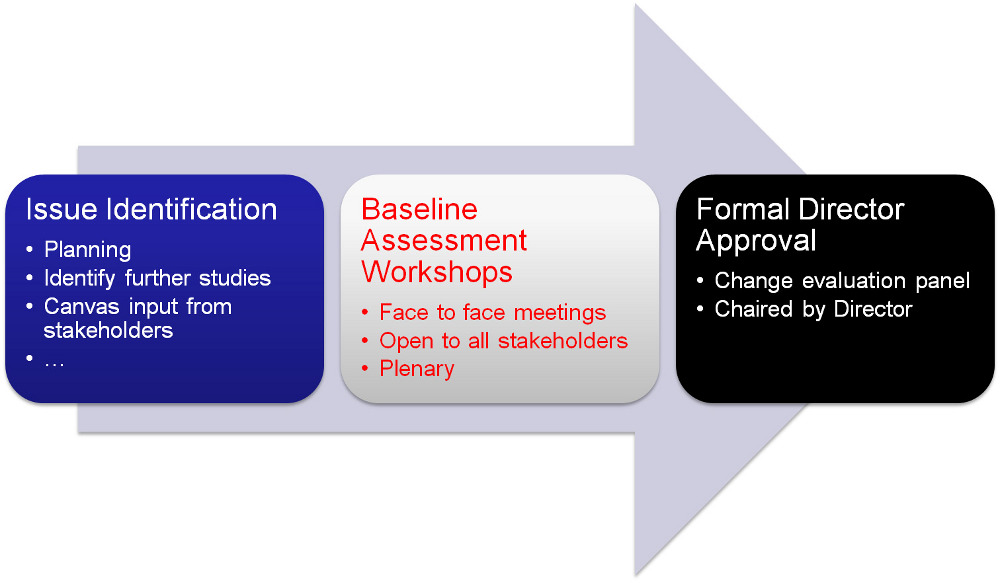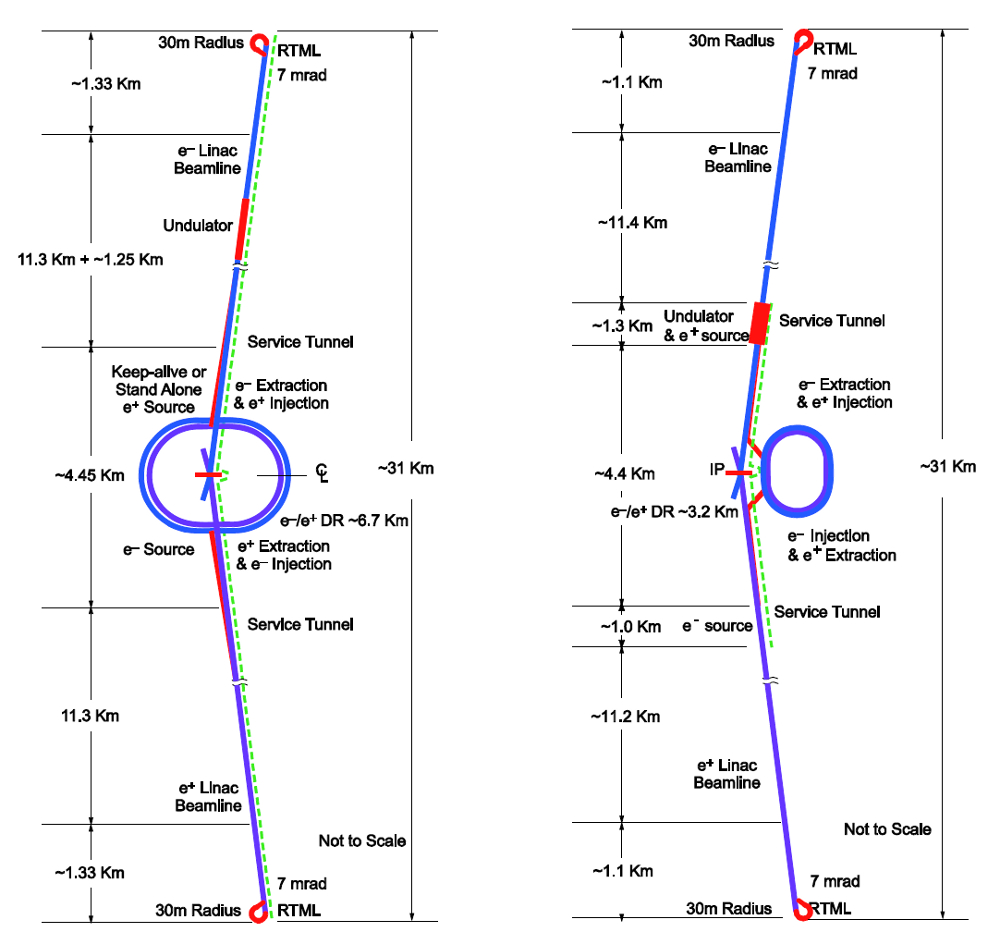Director's Corner
2 December 2010
 Barry Barish |
Evolving the ILC baseline
I have officially approved two major changes in the ILC baseline configuration for the next phase of our R&D and design work. Last year, the Global Design Effort project managers proposed a set of changes to the ILC baseline, called "SB2009", aimed at improving the design, lowering the risks and helping contain costs. Four of those changes were considered top-level or major enough in their potential impacts to require a detailed and well-defined procedure to evaluate the proposals and make informed decisions. Today, I discuss the procedure we have followed to evaluate and decide on these changes. In the following two weeks, I will describe the two changes that I have approved: 1) changing from the Reference Design Report (RDR) double-tunnel configuration to a single tunnel for the main linac; and 2) deciding the operating gradient and spread for the Technical Design Report.
Since completion of the Reference Design Report in 2007, our ongoing programme has consisted of critical R&D to demonstrate key features of the ILC design, as well as work to flesh out and evolve the actual design configuration. A logical question to ask and for me to address before explaining the actual changes is: Why should we change the baseline at all from the RDR configuration? After all, the RDR was technically reviewed and passed with flying colours, so we believe we have a solid design concept.
There are several good reasons to evolve the RDR design:
- The timescale for the ILC is unknown and far enough in the future that we must continually update the technologies and evolve the design to be prepared to build the most forward-looking machine at the time of construction;
- Our next big milestone – the Technical Design Report (TDR) – is planned to be completed at the end of 2012. It is meant to describe a design that is mature and detailed enough to form the basis of funding proposals to collaborating governments. The crucial R&D demonstrations will be complete and the design better optimised for performance to cost to risk.
- Finally, and we believe most importantly, we must contain costs for the TDR, relative to the RDR. To accomplish that, we have identified changes that will yield cost savings that will help compensate other areas of cost growth.
 The year-long process for identifying the issues, assessing the proposed changes and evaluating and deciding on the proposed top-level changes The year-long process for identifying the issues, assessing the proposed changes and evaluating and deciding on the proposed top-level changes |
The principal changes of SB2009 are switching to a single tunnel for the main linac, moving the positron sources to the end of the linac, reducing the number of bunches by a factor two, reducing the power, reducing the size of the damping rings to a 3.2-kilometre circumference and integrating the central region.
Since the SB2009 proposal was made, much work has been carried out internally, the proposed changes have been reviewed and commented on by our oversight committees, presentations have been made to the broader community, including the experimentalists and a major assessment workshop has been held. Finally, the top-level changes have been assessed by a special panel that has reported to me and I have approved the first two requests.
The proposed changes in SB2009 were first made by the Global Design Effort project managers at our Albuquerque ILC meeting in September 2009. That was followed by a small workshop and a write-up of the proposals distributed in December 2009. The early part of 2010, including reviews and advice from both our Accelerator Advisory Panel and the International Linear Collider Steering Committee Program Advisory Committee, involved much study and dialogue. This work culminated in an open and well-attended workshop on the first two proposed changes (single tunnel and main linac operating gradient) last September. Two proposals were submitted to me in October and I undertook evaluating them with the help of a small but well-informed internal committee consisting of F. Asiri (consultant – TMT), K. Buesser (DESY), J. Gao (IHEP – China), P. Garbincius (Fermilab), T. Himel (SLAC) and K. Yokoya (KEK). This resulted in my approving the first two top-level changes and I will discuss those in the next two columns.
I should emphasise that the second two requests are still being assessed, as described above, and we hope both will be decided this winter. The upcoming Baseline Assessment Workshop-2 at SLAC will be crucial to that process and we hope for good participation, including from the physics/detector community since the changes could impact the ILC's physics performance. Once the configuration for the technical design is fully determined, we will be able to focus on the technical design using the new configuration over the coming two years.
-- Barry Barish
